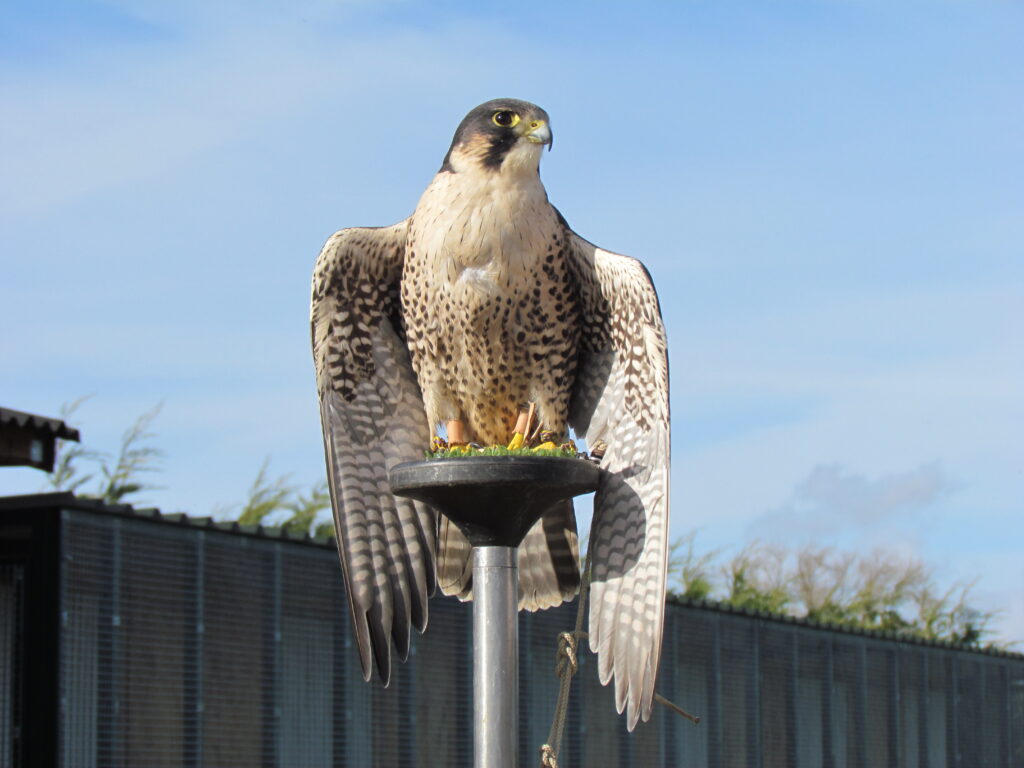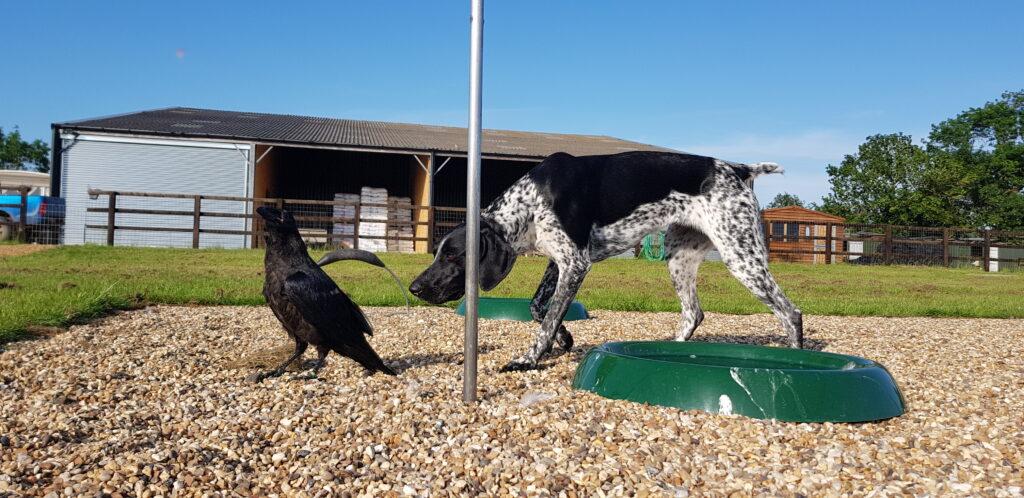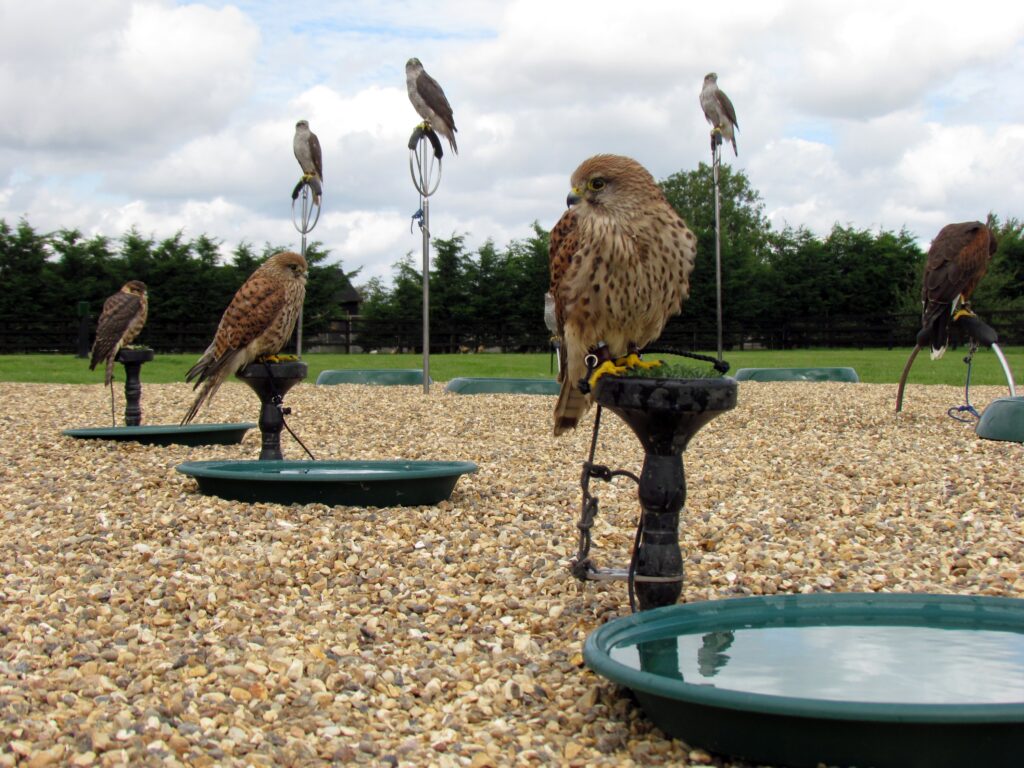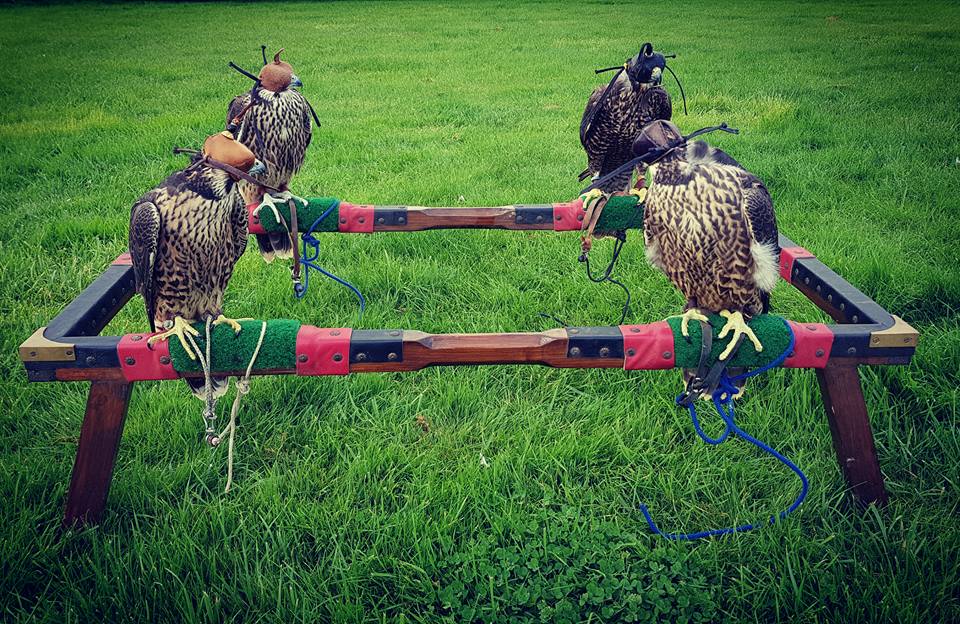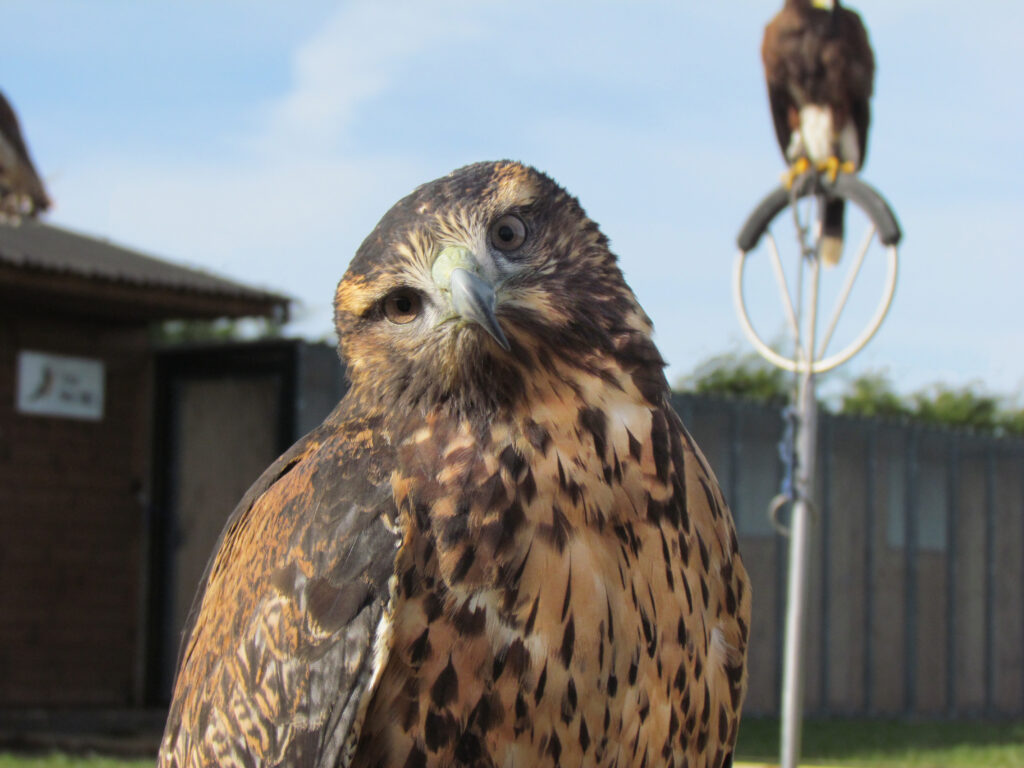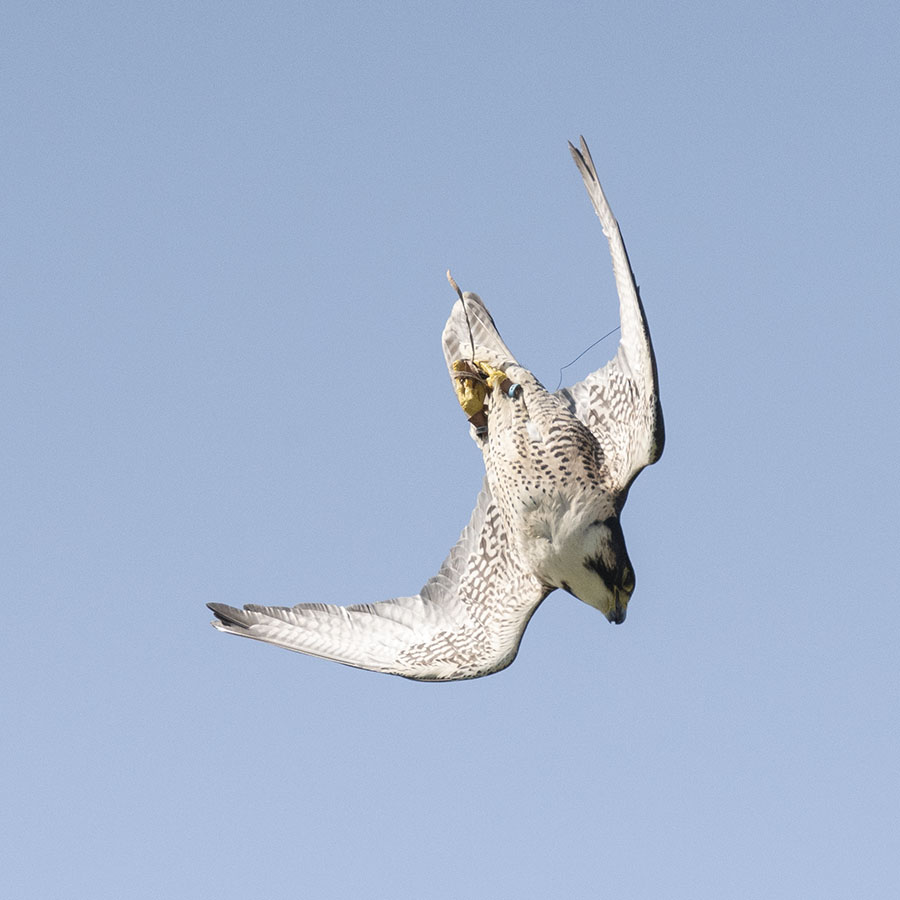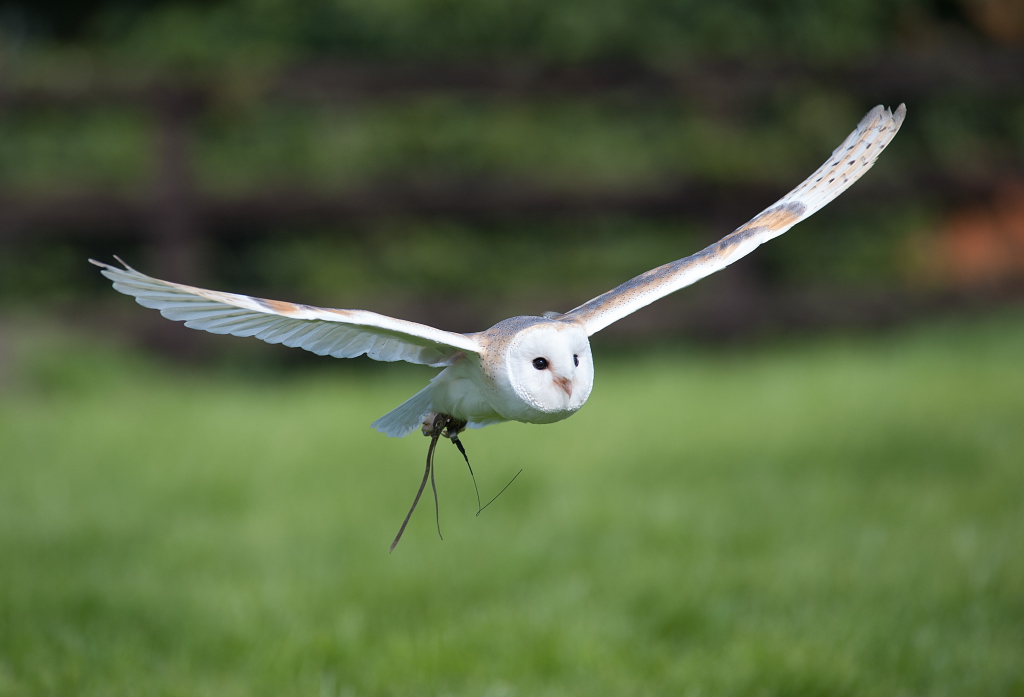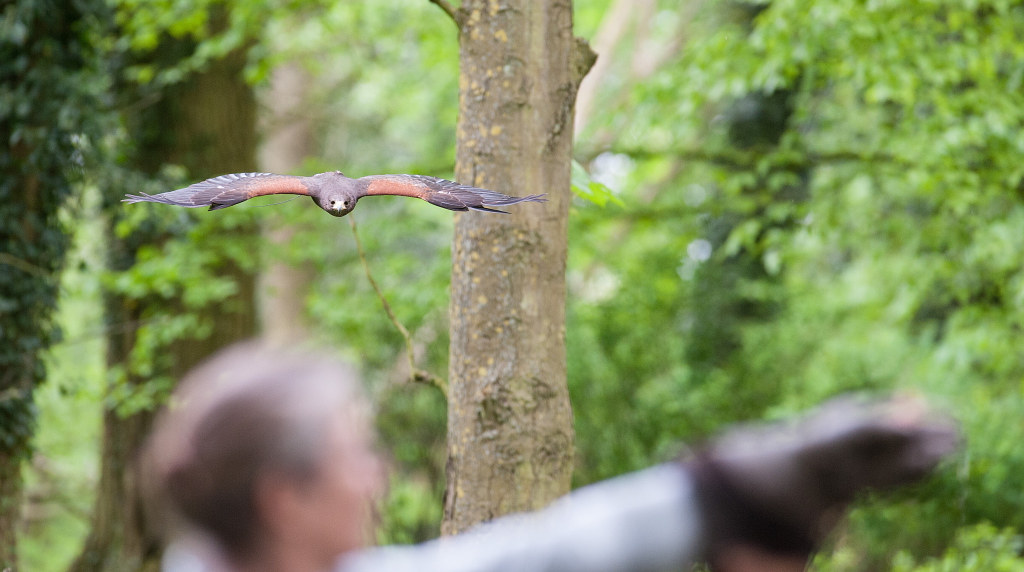Here you can find answers to commonly asked questions about Fable. Many of these topics have also been covered in greater detail on my videos across YouTube and TikTok.
Fable was hatched in 2018
She is a captive bred raven. This means that she was not taken out of the wild, and neither were her parents. She is unable to be released back into the wild, as this would be illegal in the UK.
A wild raven’s lifespan can vary a lot due to factors such as lack of food, predation, adverse weather and illness. Because of this, their lifespan may only be 10 – 15 years. However Fable could live for over 40 years because she is offered a safe environment, constant care and all the food she needs.
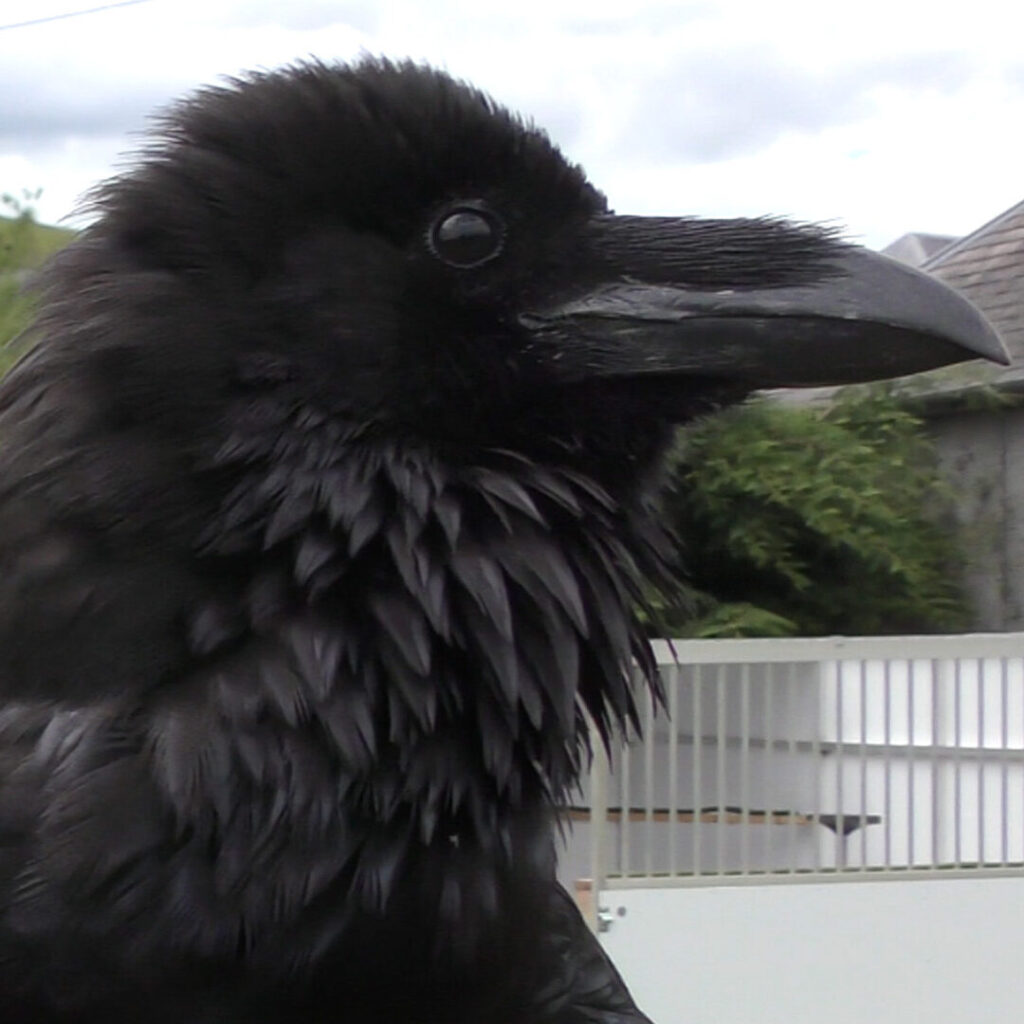
Does she like to interact with the wild ravens?
Fable is bonded to me, as she has been with me since she was about 9 weeks old. She has previously lived next to another pair of ravens that I had, but showed zero interest in any interaction. She has also met a single male raven but it was judged not to be appropriate to mix them. I would be open to trying again, if the situation was right for her of course.
She is not overly fussed about wild crows, jackdaws or rooks in her territory, but mostly dislikes the wild ravens that come by for a look or to fly over. They have their own established territories, and just because they are of the same species, it does not mean they always wish to interact. Fable will assume they may pose a threat to her. She typically comes to me or heads back to her aviary, which are her safe spaces. She also detests buzzards and red kites in her air space, and becomes very vocal about them.
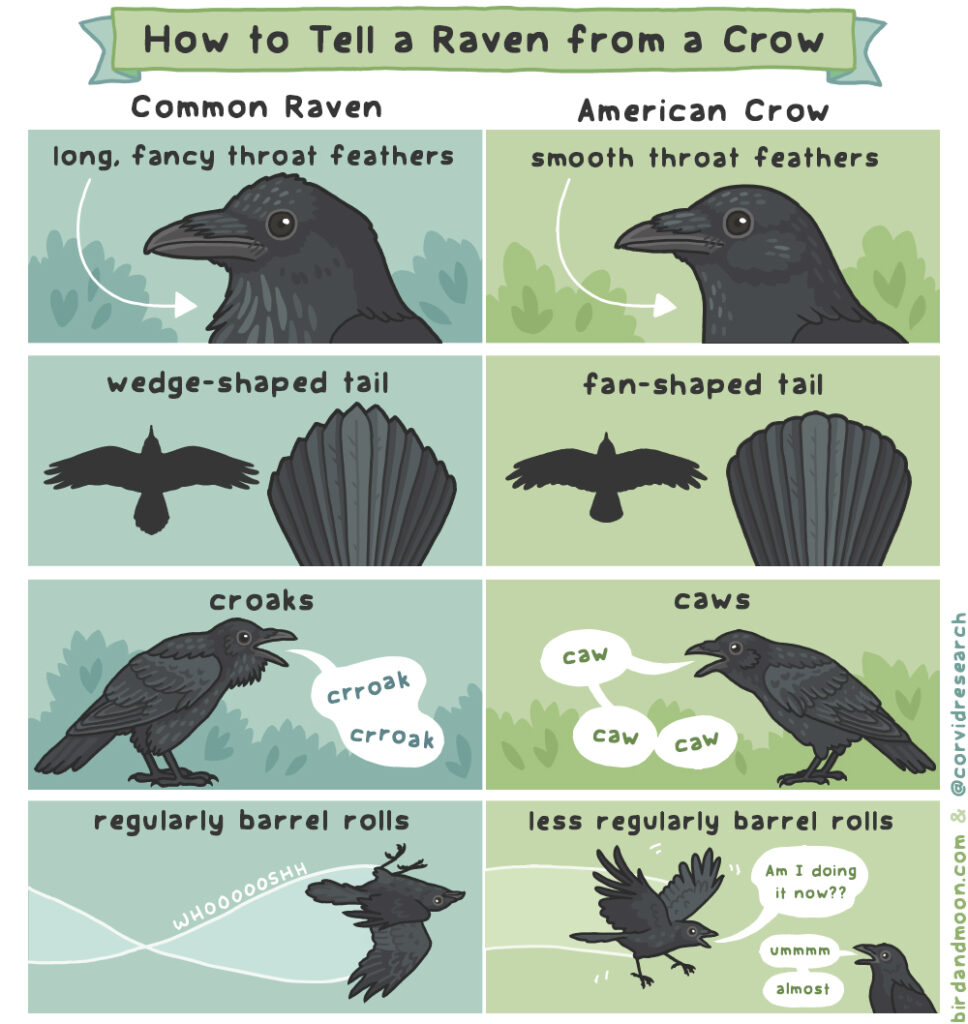
Ravens vs Crows
People often ask how it is possible to tell the difference between ravens and crows. Identifying birds can feel challenging at first, but remember to really look at the details you can see – the shape of the feathers, its physical size, the call they are making and what behaviours they are exhibiting.
Ravens are over twice the size of crows and two to three times heavier. They are the largest member of the corvid family (which also includes rooks, magpies, jays and choughs).
Are her wings clipped? Can she free fly?
No, her wings are not clipped and have never been. She has the opportunity to free fly whenever she is out of her aviary. Sometimes she chooses to, while at other times she prefers to walk, particularly if she is investigating something new. Some days she isn’t even fussed about going outside. Same as us when we fancy a lazy day in our PJs I think! You can watch lots of videos of her out and about on YouTube.
Why does she have bars on her aviary? It looks boring inside.
While at first it may look a little like a prison cell to some people due to the barred windows, there are some really important reasons for this design:
- Most importantly it protects her feathers from damage – if we were to use a square shaped mesh on the walls she would be tempted to climb/cling on with her feet, which would swing her body down and push her feathers (particularly her tail) through the mesh causing a lot of damage and breakage. If her feathers break I will either have to mend them, which is a stressful process for her, or wait for her to naturally moult them out and grow new feathers. Apart from looking messy, her flying ability would become impaired if this happened.
- She can put her head through the bars safely, so she can watch things – Fable is incredibly inquisitive and enjoys seeing what is going on. Her aviary has long open windows on two sides so she has a great view when inside. The smooth bars mean she does not risk injuring herself.
- The aviary itself if made from metal – it is really easy for me to clean with a pressure washer (and ravens are VERY messy). It needs to be strong enough to withstand the rugged Scottish weather (high wind and rain quite often), as well as withstand Fable’s ability to destroy natural items like wood with her beak. It also needs to stop predators accessing her aviary such as foxes, otters, rats and pine martins – these animals could cause her significant harm if they got inside.
- Inside the aviary she has a series of perching options high up that allow her to move around the different parts of her aviary. She has a large bath which is regularly refilled and a few select “toy items” at a time. It is hard to find many things that will last – parrot toys designed for macaws are my “go to” usually. She also has natural materials such as branches and large rocks on the floor. I tend to give her various enrichment items that can be regularly swapped in and out and cleaned up once she has made a mess. I avoid living plants as they can hide old rotten food on the floor, are hard to keep clean from poop, as well as some plants are actually toxic to birds.
- The only times I don’t let her out is in bad weather that poses a risk to her (and from past experience she doesn’t want to come out), and at night so that I know she can roost safely away from predation.
Can we visit Fable?
Until about 6 years ago I did have a falconry centre where people were able to visit Fable, along with all my other birds and fly them on experience days. However I no longer do this, and Fable now lives with us at our home.
As much as I would love people to meet Fable, we simply are not in a position to invite people to our home.
